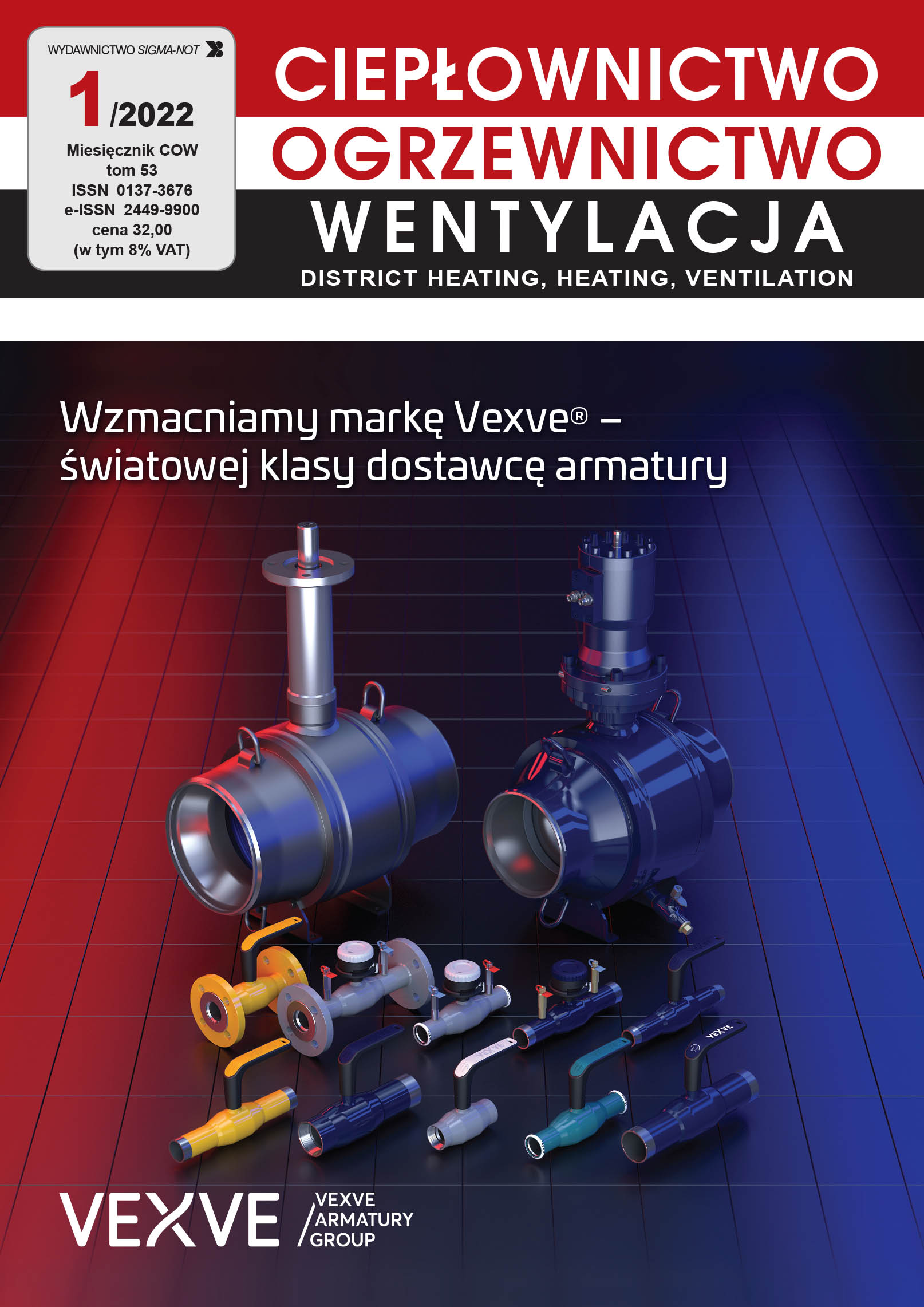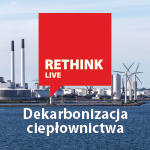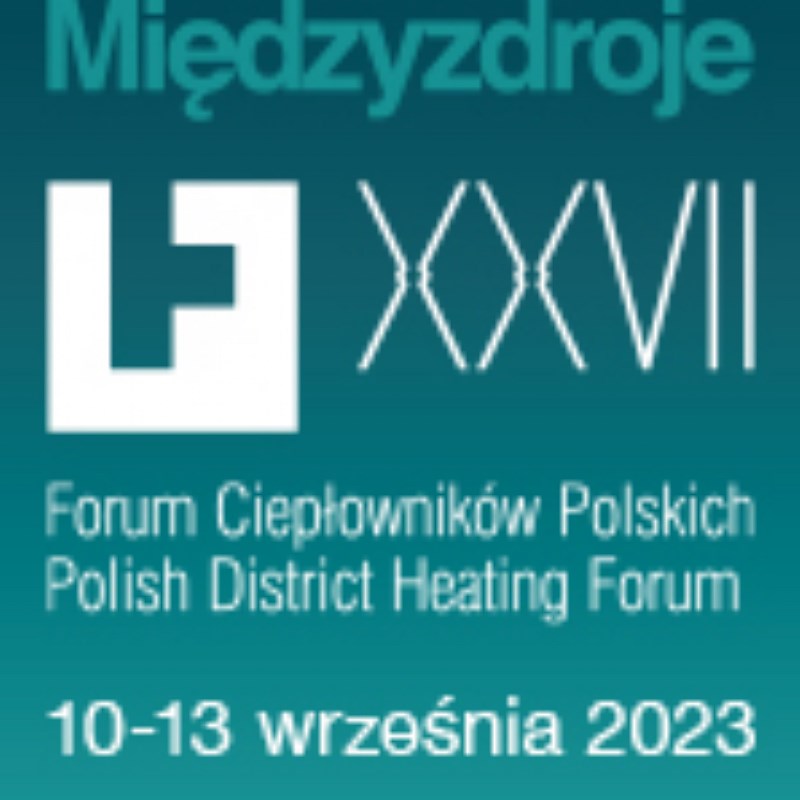DISTRICT HEATING, HEATING
Improving the Energy Efficiency of Multi-Family Buildings in the Context of Reducing Energy Poverty ‒ Wioletta Walczak, Grzegorz Bartnicki
The Myth&Facts Concerning District Heating Preinsulated Bonded Pipes – Part II ‒ Ewa Kręcielewska, Ireneusz Iwko
Keywords: preinsulated pipes, district heating systems, thermal properties, mechanical properties
Abstract
Following article trying to systematize the knowledge concerning preinsulated bonded pipes for District Heating systems in Poland. It consider and discuss the factors which affects to thermal and mechanical properties of district heating bonded pipes manufactured in accordance with PN-EN 253 both factory new and after many years operation.
VENTILATION, AIR-CONDITIONING
Selected Methods of Cold Accumulation in Air Conditioning Systems ‒ Sławomir Rabczak, Paweł Kut
Keywords: coolness, air conditioning, cold accumulati
Abstract
The reduction of energy consumption is now an area of research on which most research and technical applications focus. The article presents the possibilities of storing coolness in an sensible form, based on the heat capacity of the storage material, which is most often water, and in a latent form, enabling the storage of coolness in phase transformations during the charging and discharging process of the storage material, often referred to as PCM (Phase Chane Material ‒ a material that changes the state of aggregation). The heat associated with the change of state of aggregation is several times greater than the specific heat of a given material, it is possible to obtain much smaller capacities of the cold storage tanks. The article presents a summary of the volume of coolness accumulators for selected cooling production systems and the related required capacities of devices charging the storage tanks. The article presents a proprietary calculation method that allows to determine the power of a chiller in individual accumulation systems, taking into account the daily variability in the demand for cooling energy or assuming the percentage degree of use of the cooling power from the cooling reservoir. This method makes it possible to calculate the cooling production system for systems in the form of full accumulation, partial accumulation and with a cooling capacity limit. A comparison of the required total capacity of reservoirs in the full accumulation system for selected accumulation methods with the use of various accumulation materials such as water, binary ice, ice in capsules and systems from direct and indirect chilled water production was also presented.
Neural Smog Prediction Model ‒ Kamila Makar, Joanna Kajewska-Szkudlarek









